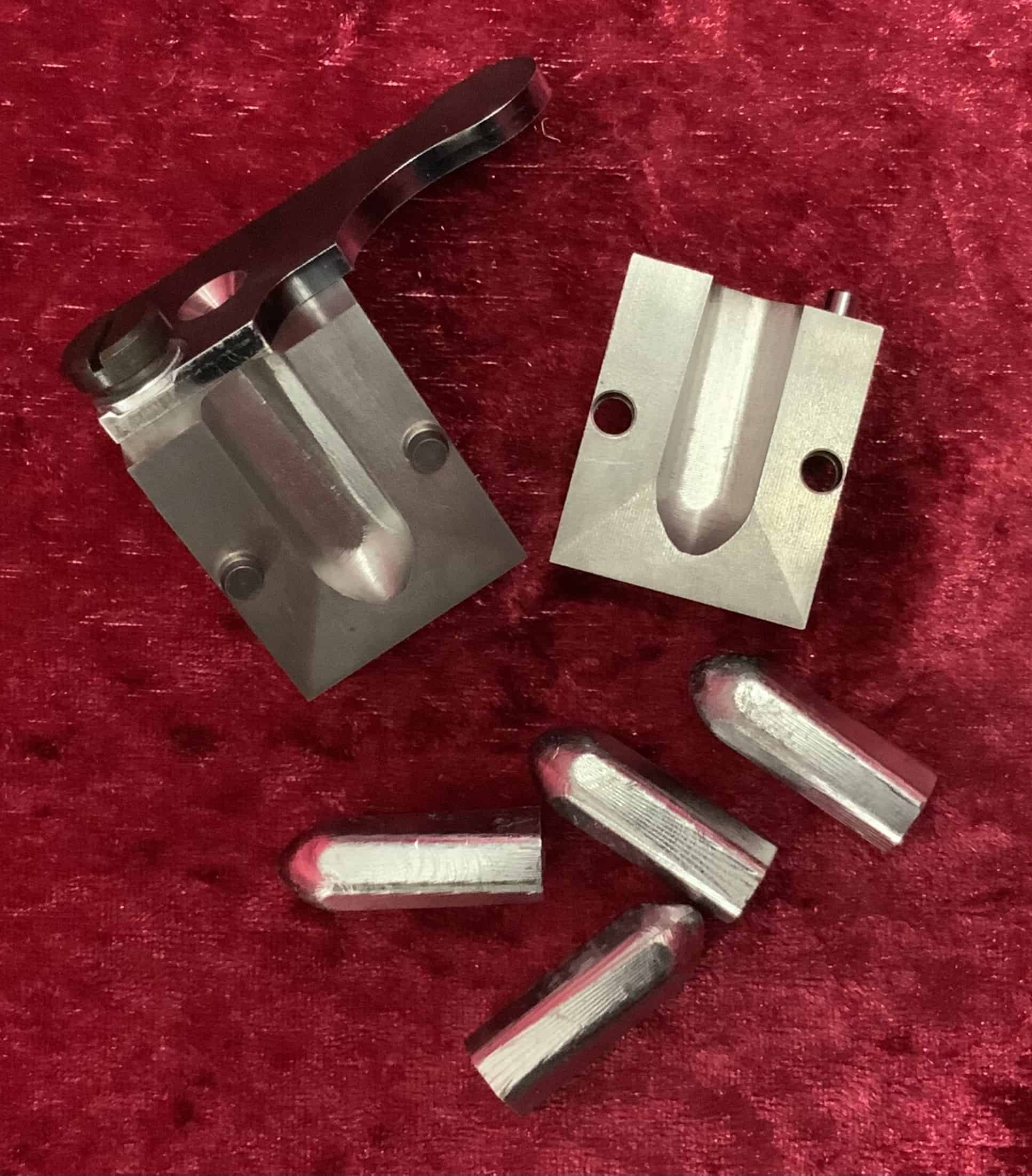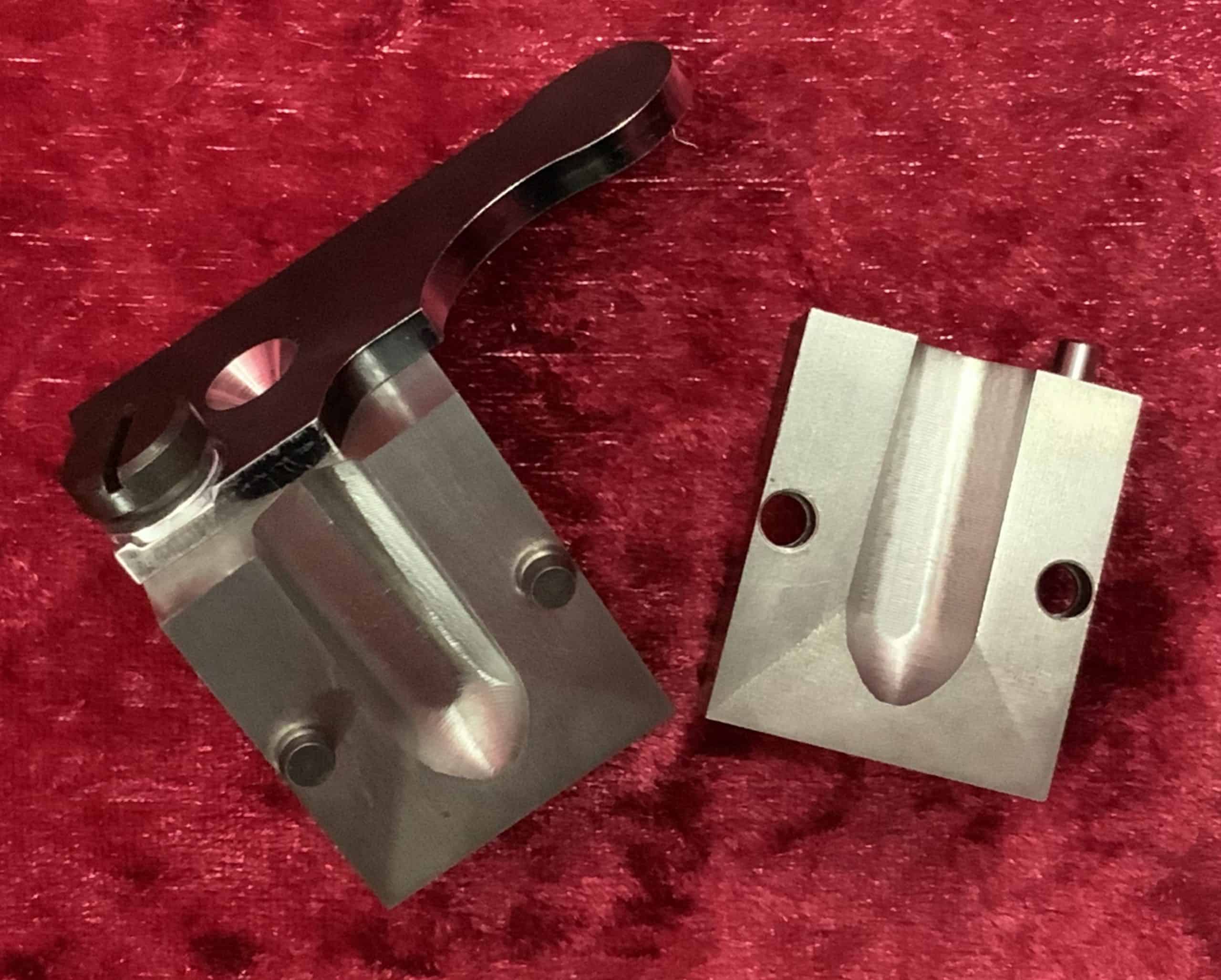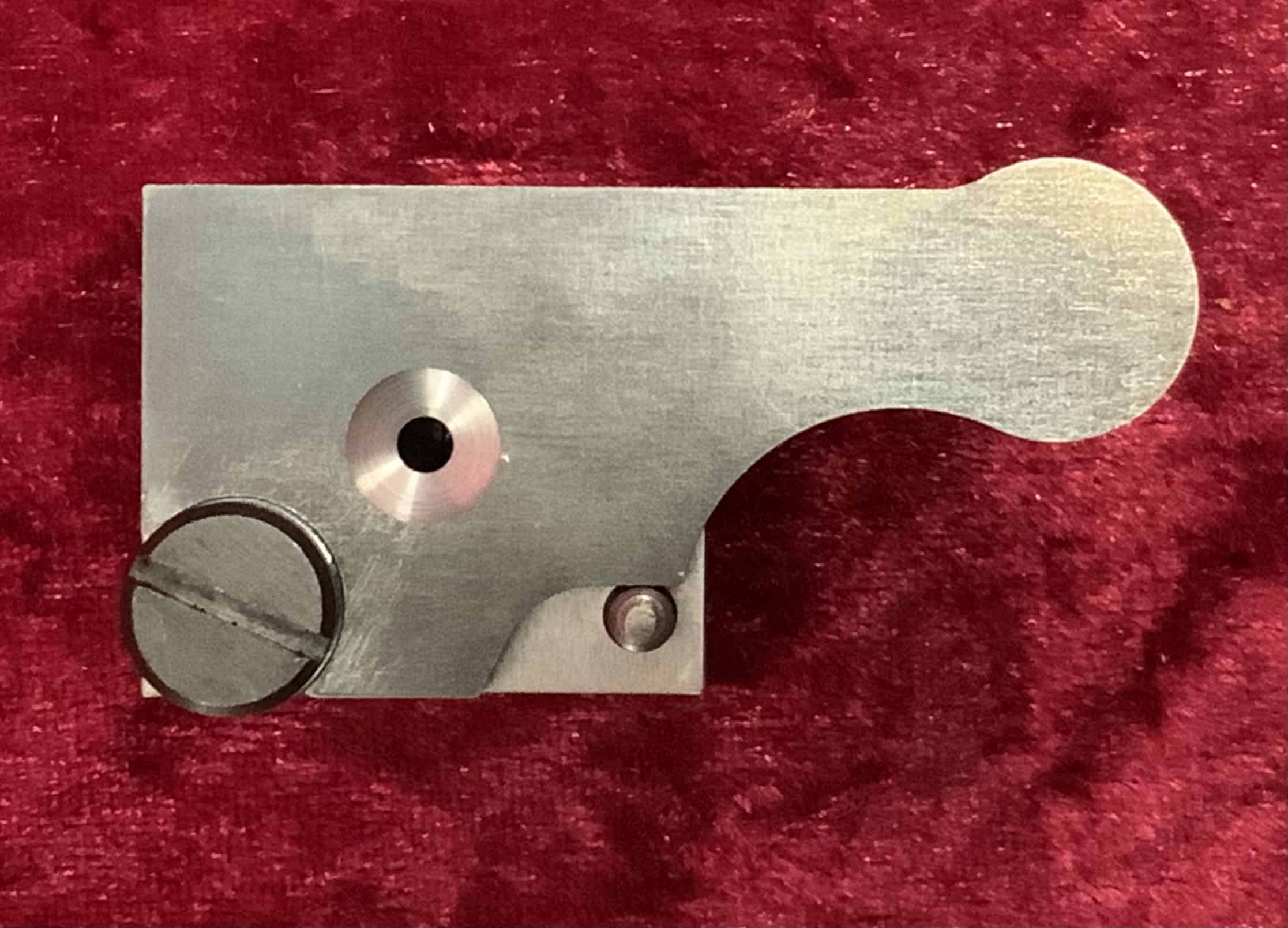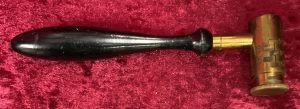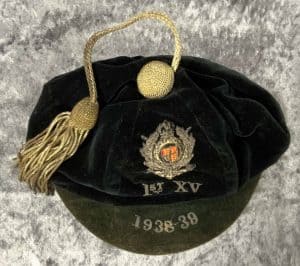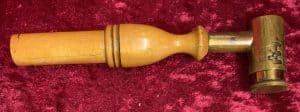Description
Whitworth Hexagonal Bullet Mould. Two types of bullets were used in the Whitworth rifle: hexagonal and cylindrical. The cylindrical bullets had to be made out of soft pure lead, with a small hollow in the base. Under the influence of the explosion of 80 to 90 grains(5.2–5.8 g) of fine rifle powder, the bullet would upset into the hexagonal bore. Recovered bullets were found to be as hexagonal as those which had been factory-made to a hexagonal shape. The hexagonal-form bullet did not need to expand to properly grip the barrel, and therefore could be made out of a harder lead alloy.
INSTRUCTIONS FOR LOADING & CLEANING THE WHITWORTH PATENT MILITARY RIFLE
CHARGE
The charge is 2½ drachms, or 70 grains, of No. 6 size powder of the best quality. It should be accurately weighed.
WAD
The lubricating wad should always be used for continuous firing. It is put between the powder and the projectile.
PROJECTILE
The cylindrical form of projectile is the best for general use. It is 530 grains in weight and is wrapped with paper. In loading, the projectile should be pressed gently home, and should not be so forced down as to crush the lubricating wad or the grains of powder. Projectiles cast from the mould are not to be relied upon for accurate shooting, unless they are passed through a die-press.
CARTRIDGE
To save the trouble of weighing the charges, and pressing the projectiles, it is recommended to use the Whitworth Patent Cartridge, in which the powder is carefully weighed, and the projectiles are uniform in weight, size, and figure. This Cartridge consists of a tube, containing the projectile, patent lubricating wad, and powder, placed in their proper order, ready for use. The powder is kept in the tube by a valve, or trap. When the cartridge is used, the end containing the powder is inserted in the muzzle of the rifle (which is chamfered to receive it,) and is held there with the left hand. The ramrod, which should be previously withdrawn from the stock, is held in the right hand. The trap is withdrawn by the finger and thumb of the right hand, and the powder falls into the barrel. The ramrod is then pushed through the tube, taking down with it the projectile and lubricating wad, which should be gradually and gently pressed. The emptied tube is thrown away, and the loading is complete.
The cartridges should be kept dry, but should not be subjected to a heat higher than 90° Fahrenheit.
CLEANING
The rifle is cleaned in the usual way with sponge, woollen cleaner, or a little tow wrapped round the brass jag, which fits on the end of the ramrod. When the loose dirt is washed out, the wire brush will readily remove any hard dirt that may remain. It is advisable to use hot water in cleaning the rifle to ensure the perfect dryness of the barrel afterwards, as any damp remaining in the barrel, after cleaning, would be very injurious.
Courtesy of Research Press. For more information on the Whitworth Project visit Research Press
